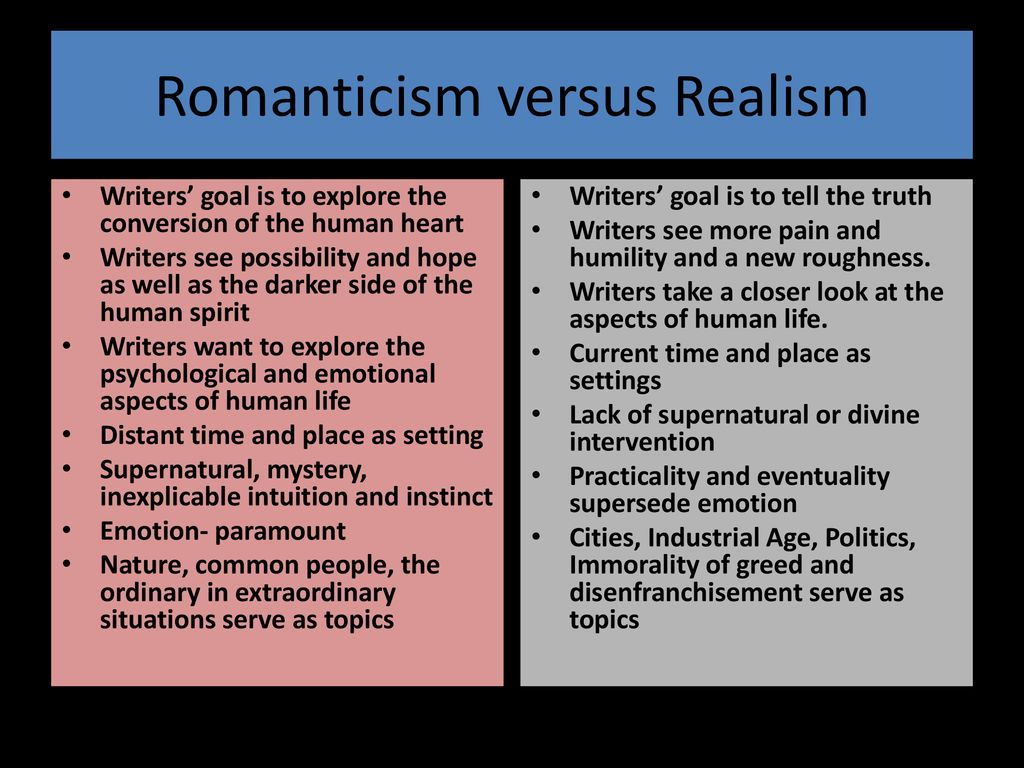Realist writers were disapproving of certain aspects of romantic writing. Here are three examples. Faust, Balzac, and Dostoevsky. Each writer disapproved of a different aspect of romantic writing. Which one was true? Then, determine whether the aspect of romantic writing is true to real life. Read them to find out. And remember that you don’t have to be a realist to appreciate the beauty of romance.
Faust
Like many romantic works, Faust is deliberately fragmentary, intended to capture the fragmented nature of experience. For this reason, it is helpful to read a Faust synopsis to get a feel for the story’s overall plot. However, Faust also features a variety of different religious ideas, including the Old Testament, medieval magic, folklore, and a non-Christian evolutionary philosophy.
The Faust legend is an example of the Reformation era in German literature. The earlier legends of great sinners emphasized the efficacy of penitence and the saving power of the Church. The rigid Lutheran orthodox theology, however, denied the ancient Church’s redeeming power and reflected this in the harsh tone of the Faust legend. Goethe disapproved of this harsh spirit.
Goethe
Johann Wolfgang von Goethe was one of the most famous German writers of the early 1800s. As a young man, he studied law, but became disenchanted by the prevailing political and social situation in Frankfurt. He grew disillusioned by the bustling trade, annual fairs, and ceremonies associated with the Holy Roman Emperor, and devoted most of his energy to studying art privately.
In Walpurgis Night, Goethe left one scene in prose as he deemed it more appropriate than poetry. He thought that the subject of romantic writing was depressing, and suited prose better. Gretchen, meanwhile, feels responsible for her actions and kills the child Faust fathered in a forest pool. Her fate is sealed. While dying, she sings about the classical myth involving rape and cannibalism, which was rooted in Germanic folklore.
Balzac
Honorede Balzac is regarded as the inventor of French Realism in literature. He was born in Tours on May 20, 1799, and spent the majority of his adult life in Paris. He wrote ninety novels during his lifetime, portraying people from all levels of French society. The writer created over 3000 characters and introduced a literary device of including the same characters in several novels. His work is a master class in characterization, addressing issues of socioeconomic class, ambition, and obsession.
Realist writers generally addressed social and political issues. They often contrasted the living conditions of the poor with those of the upper classes. They also used real-life situations to highlight class differences. Realist writers often addressed class conflict in their work, portraying the differences between the rich and poor in urban and rural society. While the realists disapproved of Balzac’s romantic writing, he argued that it had a place in modern society.
Dostoevsky
Dostoevsky disapproved of both romanticism and nationalism. He viewed nationalism as a sickness and viewed romanticism as an evil. His apologies to the person before Christ represent his fight against romanticism. Moreover, romanticism is a perilous pursuit for Russia. In his later fiction, Dostoevsky resisted both romanticism and nationalism and embraced an almost mystical view of the Russian people.
During his last year of prison, Dostoevsky fell in love with Appolinaria Suslova, a young, attractive woman with a similar literary taste and physical passion. The two fell in love and married in 1867. While he was still married, Suslova went on to have other lovers. In 1872, Suslova returned to her hometown but was no longer the young woman who had attracted him. They remained friends.
Austen
Jane Austen disapproved of romantic writing and used it as a means of criticism. Her novels are full of satire, social commentary, and moral discourse that make them distinctly different from her other works. While most critics viewed her novels as immoral or sub-literature for women, she appreciated them as a powerful medium of social critique. Austen’s novels were both serious and comic, and she also used free indirect speech to create a comic tone.
The social critics of the day complained about “fashionable” novels and plays, describing them as a part of the fashion system. While Austen was an ardent critic of Romantic writing, she also embraced the work of other writers. Her own son, James Austen, published literary journals at Oxford University. The Austens were well-read and aware of the polarizing role literature played in civic life.
Shakespeare
In his plays, Shakespeare disapproved of romantic writing. His later works, however, grew in complexity and sophistication. In his play, Love’s Labour’s Lost, he makes the first considered attempt to reconcile the moral problems of romantic writing with the comic expectations of an ending. Ultimately, his critics will confront the potency and utility of romantic fiction. In the following paragraphs, we will discuss how Shakespeare conceived of the genre.
Unlike in many modern plays, Shakespeare’s plays treat love ambiguously. While romantic love often ends in death, it may be presented as idealized and courageous. Romantic comedies often have comic endings and tension between romantic and antiromantic elements. Most romantic plays end in marriage, but often involve irrational fears of being “cuckolded” by the husband. While marriage is typically the end goal of romantic love, the plays often feature husbands’ irrational fear of the “culking”.

